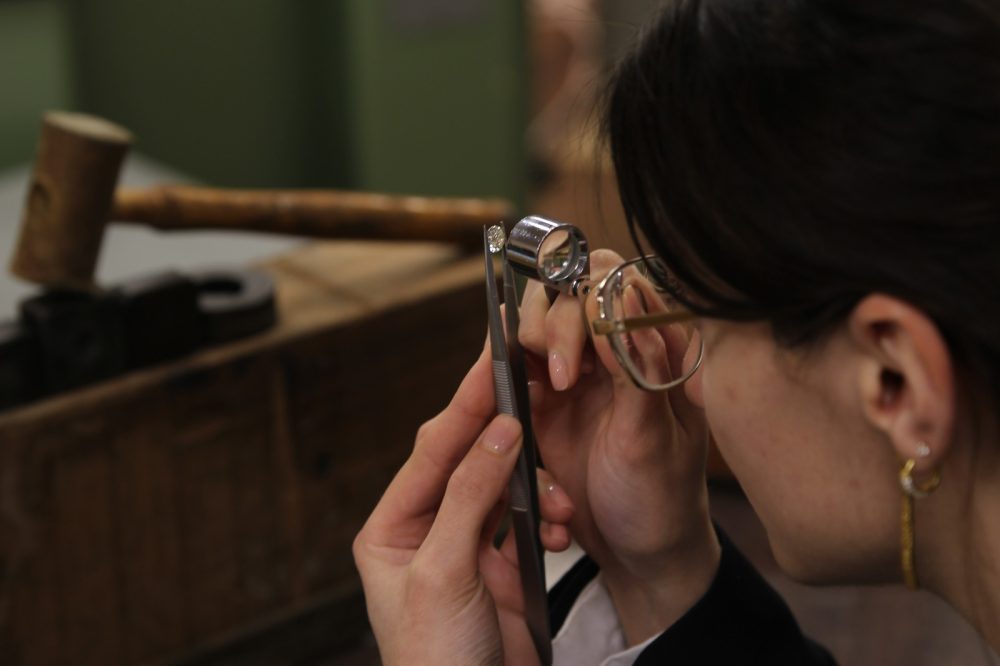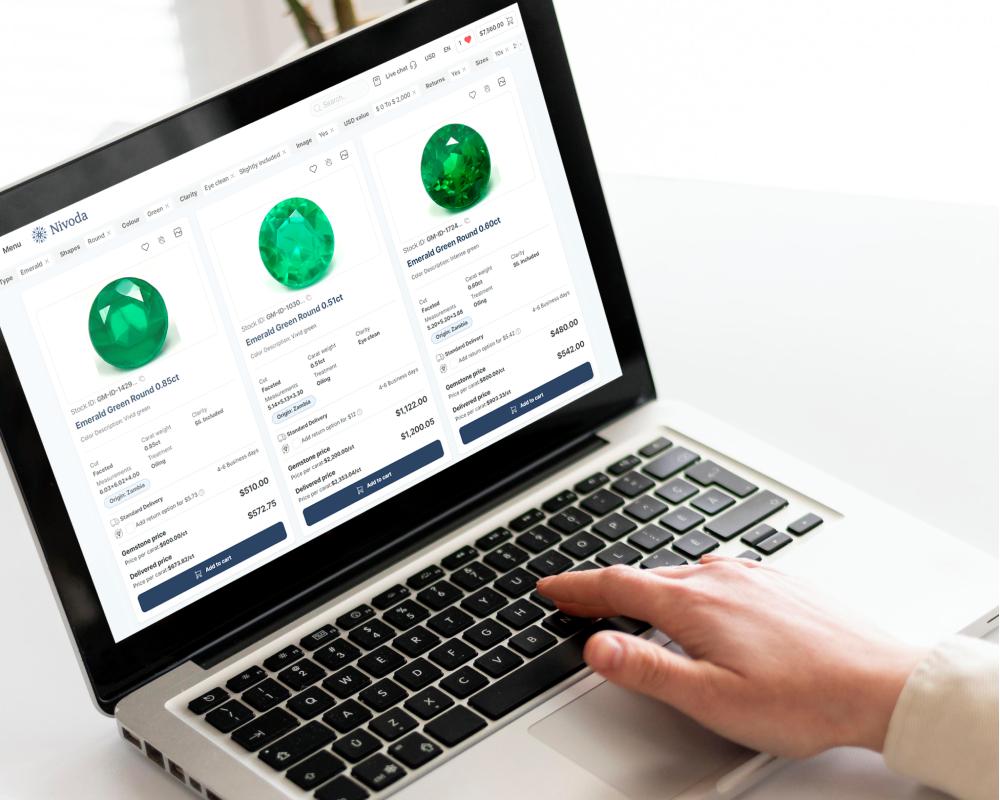The UK jewellery market has been hard hit by a cost-of-living crisis following the pandemic and the Russian invasion of Ukraine, but the latest data showing an easing of inflation brings a ray of hope for future demand. David Brough reports.
India is a major exporter of manufactured and handcrafted jewellery, as well as diamonds, processed in Mumbai and Surat, and polished coloured gemstones, cut and manufactured in Jaipur, to the United Kingdom.
The UK has a large British-Indian population with tastes for 22-karat gold jewellery, offered by independent British-Asian retail shops clustered in areas such as Green Street, Southall and Wembley in London; Leicester, and Birmingham.
The UK is the world’s sixth largest economy, after India in fifth place. With longstanding commercial, cultural and language ties between the two nations, the UK is an important market for Indian jewellery exporters, particularly after the country left the European Union (Brexit.)
A key focus now is whether or not inflation can be brought under control, after the year-on-year rise in UK consumer prices in June eased more than expected to 7.9%, from 8.7% in the year to May.

Inflation is now at its lowest for more than a year, after several months of being stuck around the same level.
A prolonged period of rising interest rates, with further rate increases expected later this year despite the recent fall in inflation, has squeezed disposable incomes in the United Kingdom, making it less affordable for many middle-income consumers, facing stubbornly high mortgage, food, and energy costs, to spend on luxury items including jewellery.
Footfall in UK jewellery shops has eroded due to the cost-of-living crisis, jewellers say, amid fears that wedding planning will take longer, as couples may delay ring purchases due to price pressures.
Demand for silver and cultured pearl jewellery at the UK retail level is seen as resilient, with margins on mid-range watches sales tight due to competition from smartphones.
Demand for pre-owned high-end watches such as Rolexes remains firm in UK jewellery shops as new Rolexes remain out of reach.
The outlook for bespoke business, customisation and repairs for UK jewellery retail is buoyant, jewellers say, in line with a global trend for personalisation of luxury across income groups.
Gold
The recent strength of the pound sterling against the US dollar, has meant that UK suppliers are now in a better position to source dollar-denominated precious materials such as gold and silver.
Gold has held below $2,000 per ounce lately, pressured by fears of more interest rate hikes in the United States. A further modest US interest rate rise is expected later in July.
With the United States showing encouraging signs of getting control of inflation, prospects for a pause in U.S. interest rate hikes after July, are picking up.
The near-term outlook for gold prices is for a moderately increasing trend in dollar terms, analysts say, as confidence builds that the US financial authorities are getting to grips with inflation.
Diamonds
In diamonds, the outlook is for increasing demand for lab-grown, with near-term demand for natural polished diamonds facing downwards pressure.
India is a leading supplier of lab-grown diamonds to the UK market.

Surveys predict rising spending on lab-grown diamond jewellery over the next few years, as consumers buy into the much cheaper prices of lab-grown diamonds versus natural.
But it makes no sense for retail shops to have large inventories of lab-grown diamond jewellery, while lab-grown diamond prices are falling.
Margins in lab-grown diamond jewellery production are also declining as Indian lab-grown diamond manufacturers pressure prices lower.
Many consumers, rightly or wrongly, perceive lab-grown diamond jewellery as sustainable in comparison to mined diamonds.
The global lab-grown diamond market was valued at $22.45 billion in 2022, according to Business Wire, a Berkshire Hathaway company. The market value is forecasted to grow to $37.32 billion by 2028.
Coloured gemstones
Dealers at the GemGenève show in Geneva in May, spoke of the difficulty in sourcing high-quality natural-coloured precious gemstones, which are selling for very high prices.
The exceptionally high prices of Burmese rubies and Colombian emeralds are creating opportunities for stones from less traditional origins, such as Mozambique and Zambia, in markets around the world, including the UK.
A key trend to follow has been the emergence of international digital trading platforms in coloured gemstones, such as Gembridge, GemCloud – and now, in the UK, Nivoda, which is offering coloured gemstones as well as diamonds.

Pearls
Pearls have been cherished for their timeless beauty and elegance for centuries, and their popularity continues to grow in the UK.
The market is expected to see a rise in the demand for cultured pearls, with natural pearls out of reach for most consumers due to their rarity and high prices.
In terms of demographics, younger generations, including Millennials and Gen Z, are increasingly drawn to cultured pearls for their versatility and ability to add a touch of sophistication to any outfit.
Moreover, the trend of gender fluidity and breaking traditional fashion norms has led to an increased interest in pearls among both men and women.
Prices of Japanese Akoya and South Sea pearls are soaring, driven by low oyster seeding during the pandemic and by robust Chinese demand.
All Japanese Akoya pearls have seen stratospheric increases with smaller sizes particularly affected. Most items have doubled or tripled in price since the start of the year. Clean white South Sea goods have also seen similar price rises.
Market outlook
If UK financial authorities can bring inflation under control in the coming months, interest rates will eventually fall and disposable incomes rise, auguring for an improved outlook for the UK jewellery market.
At the high end of the market, the luxury goods sector has made repeated pleas for the government to urgently reinstate VAT-free shopping.
Pressure is mounting on the UK government to reintroduce the measure, which was axed in early 2021 making purchases in the UK 20% more costly for international visitors.

